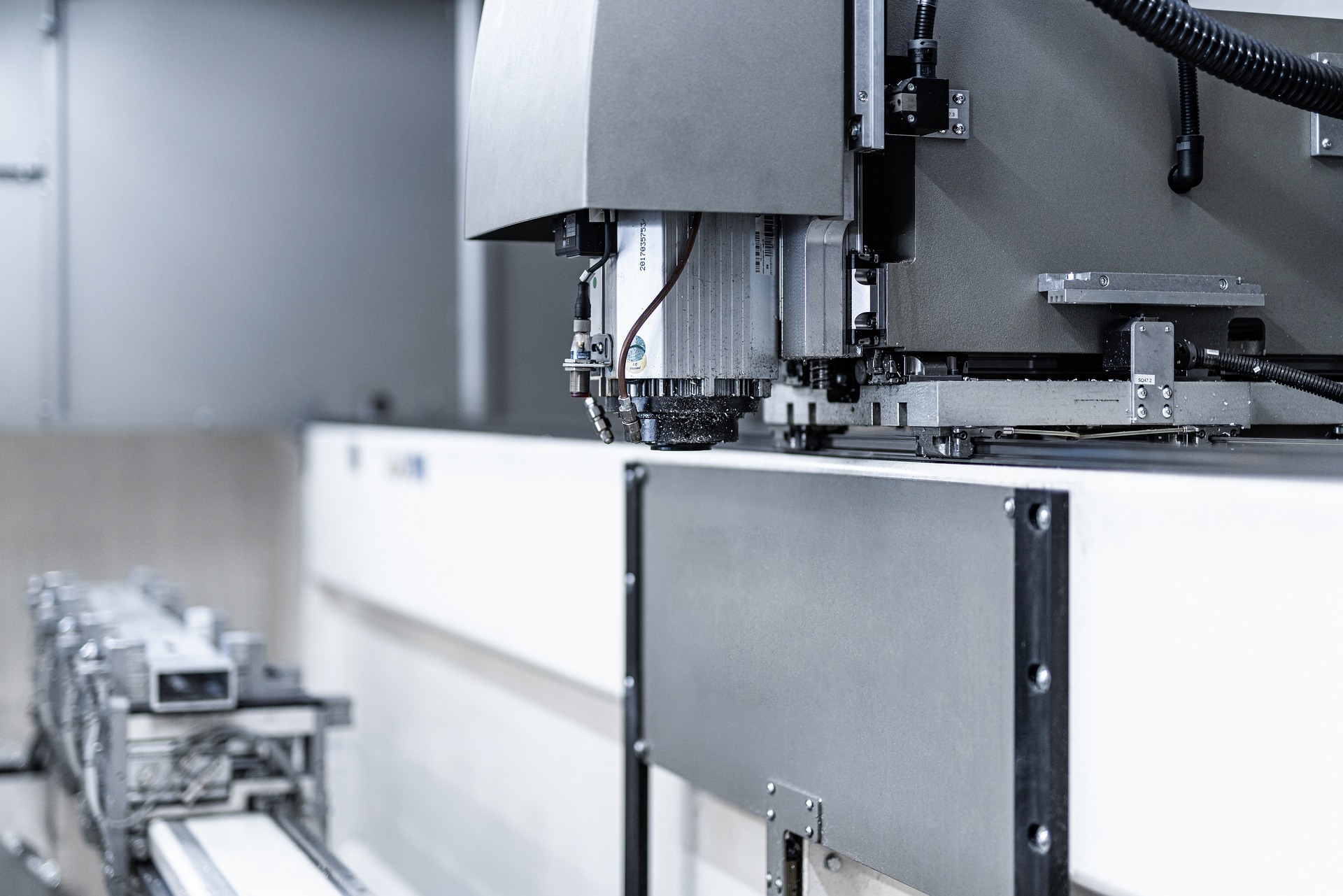CNC Machining Essentials: A Practical Guide for Manufacturers
CNC machines have become the backbone of modern production, turning digital designs into precise, repeatable parts. This guide explains what CNC equipment does, how it integrates with CAD/CAM and IoT, when plasma cutting is appropriate, principles of precision machining, and the supporting tools that keep fabrication efficient and reliable.

Overview: why CNC matters
Computer numerical control systems convert digital models into physical parts with high repeatability and accuracy. CNC machines — including mills, lathes, routers, and grinders — follow programmed toolpaths to produce consistent geometries and tight tolerances. By removing much of the variability inherent in manual operations, CNC reduces scrap, accelerates design iterations, and makes quality predictable across runs ranging from prototypes to high-volume production.
What a CNC machine is and how it works
At its core, a CNC machine is a motorized tool guided by a control program, usually G-code generated from CAM software. The controller coordinates axes, spindle speed, feed rates, and tool changes to shape the workpiece. Modern systems pair this motion control with sensors and feedback loops that monitor tool condition, thermal effects, and part positioning. For engineers and designers, CNC provides a reliable bridge from CAD geometry to manufactured parts, ensuring the final output matches the intended design within specified tolerances.
How CNC reshapes manufacturing workflows
CNC brings flexibility and automation to production. One machine can make multiple distinct parts by loading different programs and fixtures, enabling shorter lead times and fewer dedicated setups. This agility supports just-in-time manufacturing and smaller batch sizes without the penalty of excessive tooling costs. Integration with CAD/CAM, product lifecycle management, and shop-floor MES platforms allows teams to automate nesting, schedule jobs, and collect real-time performance metrics. The result is improved throughput, better inventory control, and faster response to design changes.
When a plasma cutter is the right tool
Plasma cutters are ideal for fast cutting of electrically conductive metals, especially when handling thicker plates where cycle time matters. CNC plasma tables deliver rapid contour cutting for structural members, brackets, and general sheet-metal components with minimal fixturing. However, plasma produces a wider kerf and a rougher edge than laser or waterjet systems, so it may require secondary finishing for tight-tolerance parts. Choosing plasma depends on trade-offs among material thickness, desired edge quality, throughput needs, and downstream processing capacity.
Principles of precision machining
Achieving tight dimensions and consistent surface finishes demands a systems approach. Precision machining covers tool selection, cutter geometries, feeds and speeds, coolant and chip control, and robust fixturing. Programmers and operators tune toolpaths to minimize heat and vibration, which cause dimensional drift and accelerate wear. Regular use of measuring equipment — including coordinate measuring machines, micrometers, and surface profilometers — verifies parts against specifications. In regulated industries such as aerospace and medical devices, these practices are complemented by strict process documentation and traceability to meet certification and audit requirements.
Supporting equipment that keeps production productive
A productive CNC cell includes more than the spindle. Tool presetters and tool management systems reduce setup time and ensure correct offsets. Automatic tool changers and pallet systems speed job changeovers. Material-handling solutions and robots move raw stock and finished parts to reduce manual labor and cycle times. Deburring stations, coolant filtration systems, and vibration monitoring hardware help maintain machining quality and extend machine life. Metrology gear and inline inspection systems provide quick feedback for process control and quality assurance.
| Equipment | Typical use | Estimated cost range |
|---|---|---|
| CNC vertical mill | General machining of parts | $30,000 - $300,000 |
| CNC lathe | Turning operations and shafts | $25,000 - $200,000 |
| CNC plasma table | Fast plate cutting | $10,000 - $150,000 |
| Coordinate measuring machine (CMM) | Dimensional inspection | $20,000 - $250,000 |
| Tool presetter | Reduce setup time | $3,000 - $30,000 |
Cost disclaimer: Prices are estimates and may vary by manufacturer, configuration, region, and market conditions.
Choosing the right mix of technologies
Selecting equipment depends on part geometry, tolerances, material, batch sizes, and turnaround expectations. For fine-detail, thin-material cutting, lasers or waterjets may be preferable. For quick structural cuts on thick steel, plasma is a pragmatic choice. Likewise, shops focused on micrometer-level accuracy need rigid machines, controlled thermal environments, and comprehensive metrology. Software choices matter too: CAM systems, nesting tools, and MES platforms streamline operations and improve utilization.
Maintenance, training, and continuous improvement
Reliable CNC operations require preventive maintenance, vibration and thermal monitoring, and proper coolant and chip management. Regular calibration of metrology tools and periodic verification against master parts preserve accuracy. Equally important is operator skill: training in programming, setup, tool selection, and inspection reduces errors and increases uptime. Collecting machine data and applying simple analytics can reveal bottlenecks and guide process optimizations.
Final thoughts
CNC systems are a foundational element of contemporary manufacturing, offering precision, flexibility, and connectivity. Understanding when to deploy complementary processes such as plasma cutting, how to enforce precision machining practices, and what auxiliary equipment supports throughput enables manufacturers to build efficient, scalable production cells. As digital and automated toolchains continue to evolve, CNC remains the practical conduit for converting digital designs into dependable, repeatable parts.






